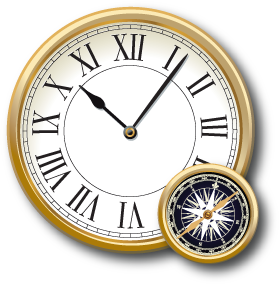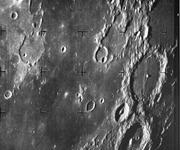The United States and the Soviet Union each tried to reach the Moon with robotic spacecraft in the early 1960s.
They sent spacecraft to orbit the Moon, pass nearby, or crash land on the surface. After some initial failures, advances in navigation and propulsion technology eventually led to success.
With the Pioneer probes, the United States tried to send small spacecraft to the vicinity of the Moon. The later Ranger probes succeeded in crashing onto the lunar surface.
The Pioneer and Ranger programs led to successes with later robotic programs and eventually human landings on the Moon.







